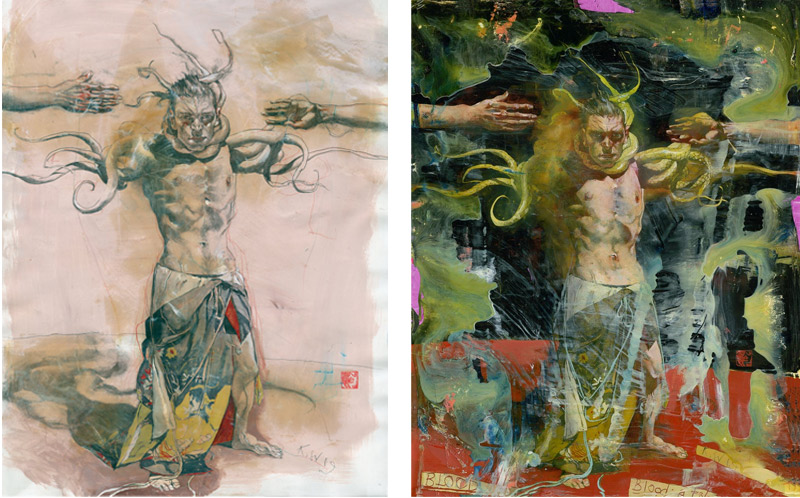Looking & Seeing
one long look at one work of art . . . or two or three
John O'Hern is an arts writer, curator and retired museum director who is providing a weekly contemplation of a single work of art from our gallery. In our fast-paced lives overflowing with information, we find it necessary and satisfying to slow down and take time to look. We hope you enjoy this perspective from John.

John O'Hern has been a writer for the 5 magazines of International Artist Publishing for nearly 20 years. He retired from a 35-year-long career in museum management and curation which began at the Albright-Knox Art Gallery where he was in charge of publications and public relations and concluded at the Arnot Art Museum where he was executive director and curator. At the Arnot Art Museum he curated the groundbreaking biennial exhibitions Re-presenting Representation. John was chair of the Visual Artists Panel of the New York State Council on the Arts and has written essays for international galleries and museums.
March 9, 2025
Kent Williams | Self-Portrait as Rodin's Striding Man, with Appendages
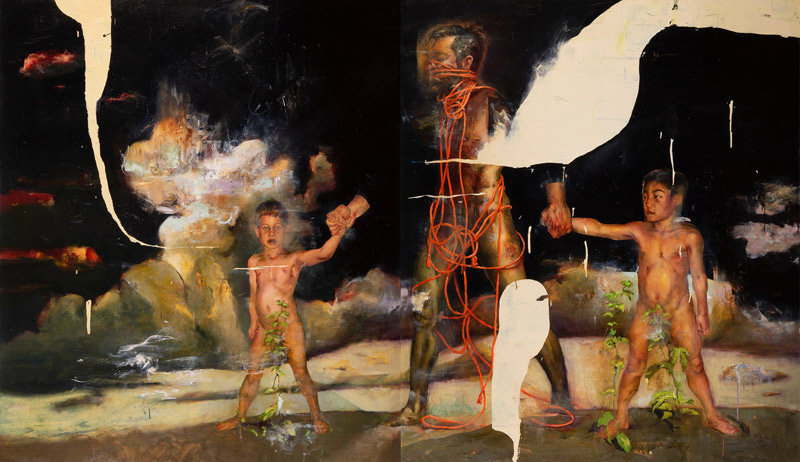
A contemporary artist, Kent Williams reveres art and artists of the past and sometimes incorporates their work into his paintings. In his 84 by 144-inch diptych, Self-Portrait as Rodin's Striding Man, with Appendages (Redux) 2000, 2018, he becomes a sculpture of Auguste Rodin (1840-1917).
“I’m a huge fan of Rodin,” he says. “He’s in my top 5. I can’t imagine anyone having more love and respect for his work than I have. I understand it so completely, I feel I could be a sculptor. I never pursued it, however, because of time and being committed to the next show or whatever. I’m the person who wants to do it full on, not just pick at it. I want to see what I can do, fully.”
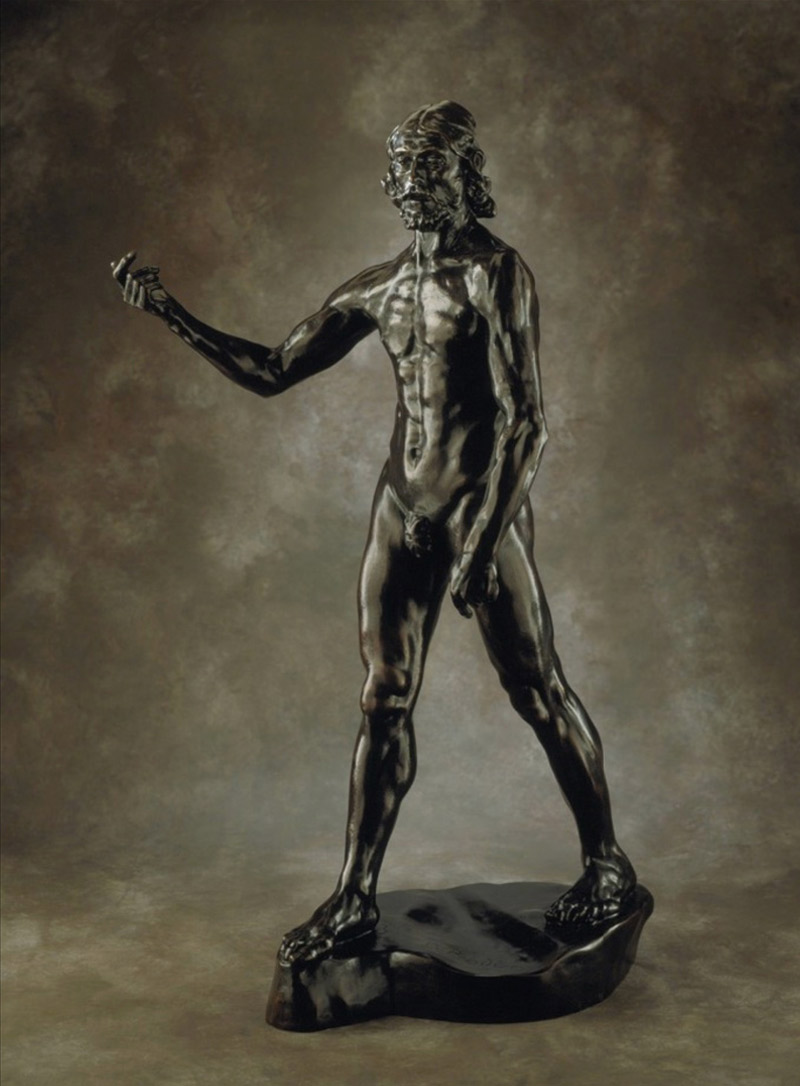
The following year, Rodin began modeling “Saint John the Baptist Preaching”, larger than life-size to prove his ability.
Rodin was inspired by and collected fragments of classical sculpture and said, “these divine fragments . . . move me more profoundly than living persons.”
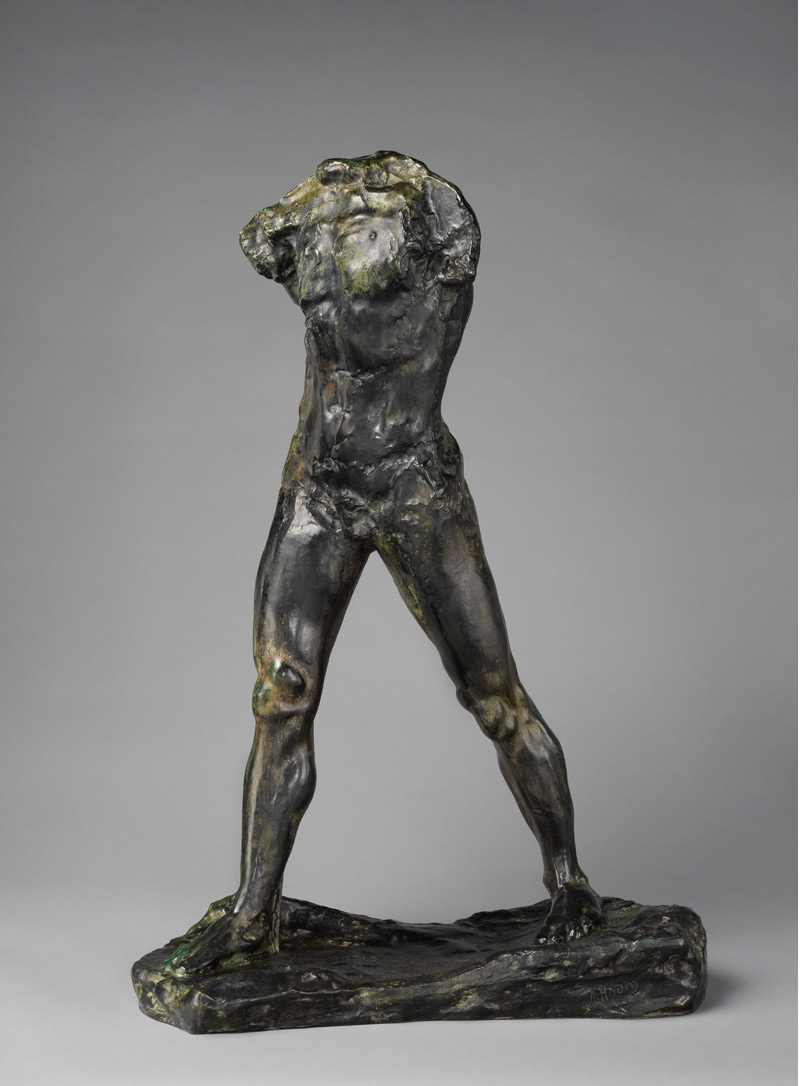
Kent remarks, “Life is fragmented. It’s not as simple as I first imagined. It’s a battle to stay organized. When I was finished with a show, I used to clean up my studio and start fresh. I used to have the time. Maybe as you get older, time does go faster.
“Most of my art deals with the human condition and is sometimes wrapped around myself and where I am. That touches on things a lot of people experience and feel. Being able to relate to someone else going through similar things can bring comfort to people –knowing you’re not alone.
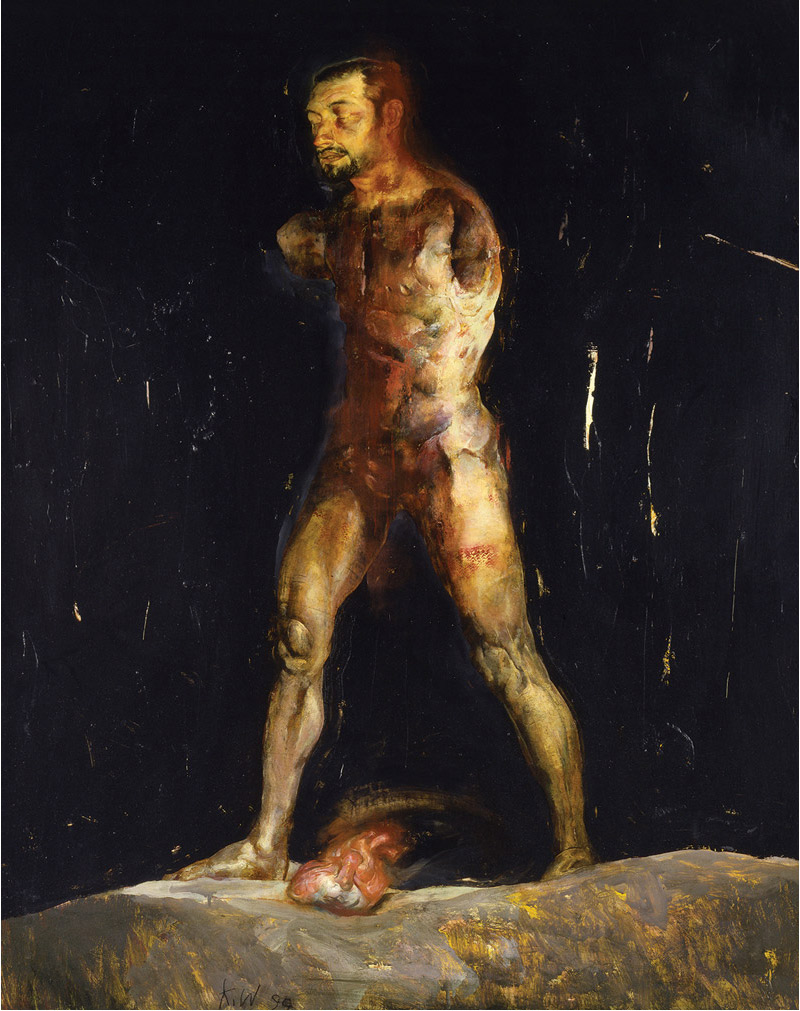
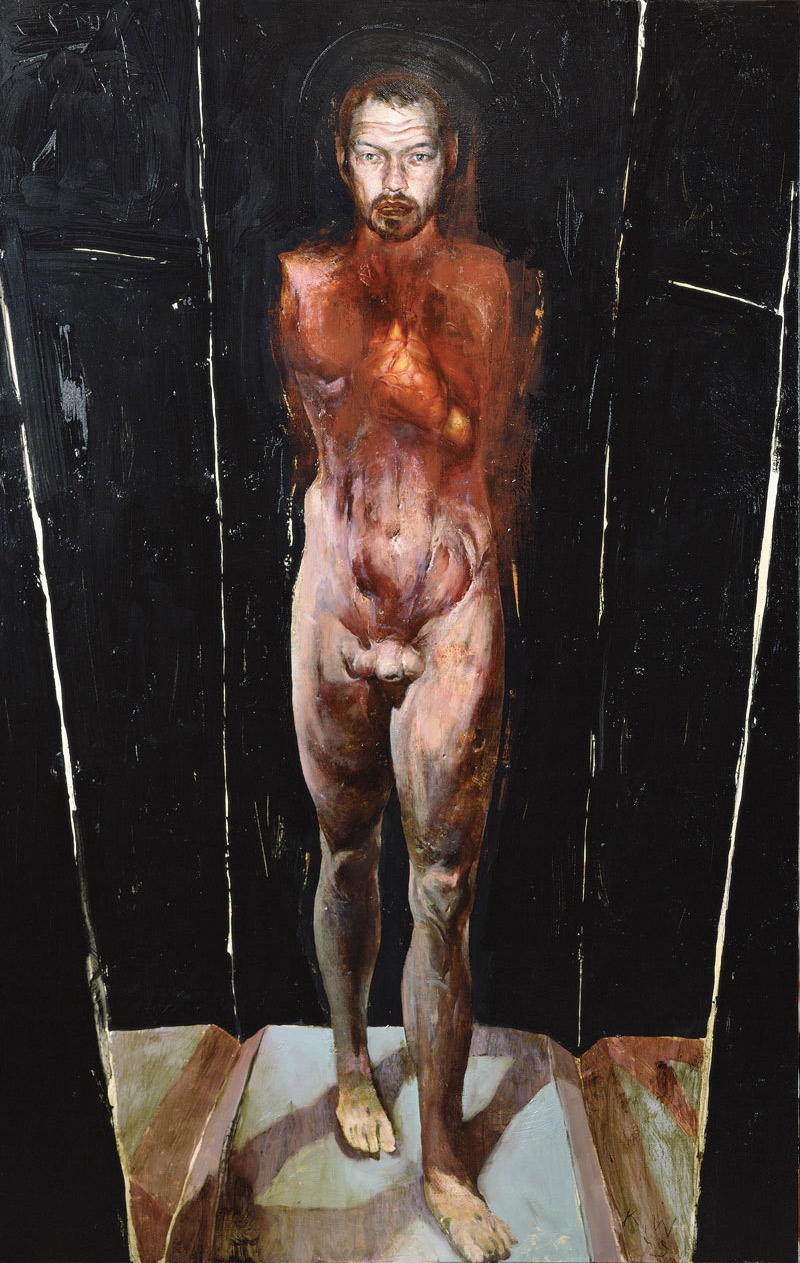
The painting depicts him striding forward (“I’m going to walk out of this dark period.”). In a disjointed way, he holds the hands of his sons. “My boys are important to me,” he says. “It was my burden, not theirs. I never wanted them to feel unsafe. They didn’t know what I was going through or what I was showing in the painting. When they came into the studio to model, I gave them brushes to paint a little along the bottom of the painting.”
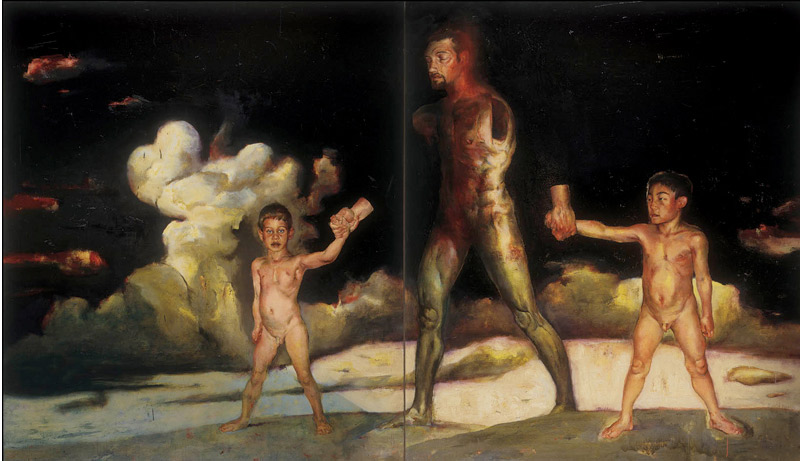
Today, drawing is an important part of his process. “I’ll start painting,” he says, “and, if I’m successful, I’ll maintain the drawing aspect while allowing myself to be bold with the brushwork. I want to maintain some of that linear suggestion and straightforwardness. The act of painting, though, wants to push away from the simple line drawing. I work in many layers. Each pass is very broad, and the painting starts to refine itself in certain areas. If I begin to lose what I like, I sand it back down to a certain degree and knock enough paint off to allow the line to show through.”
